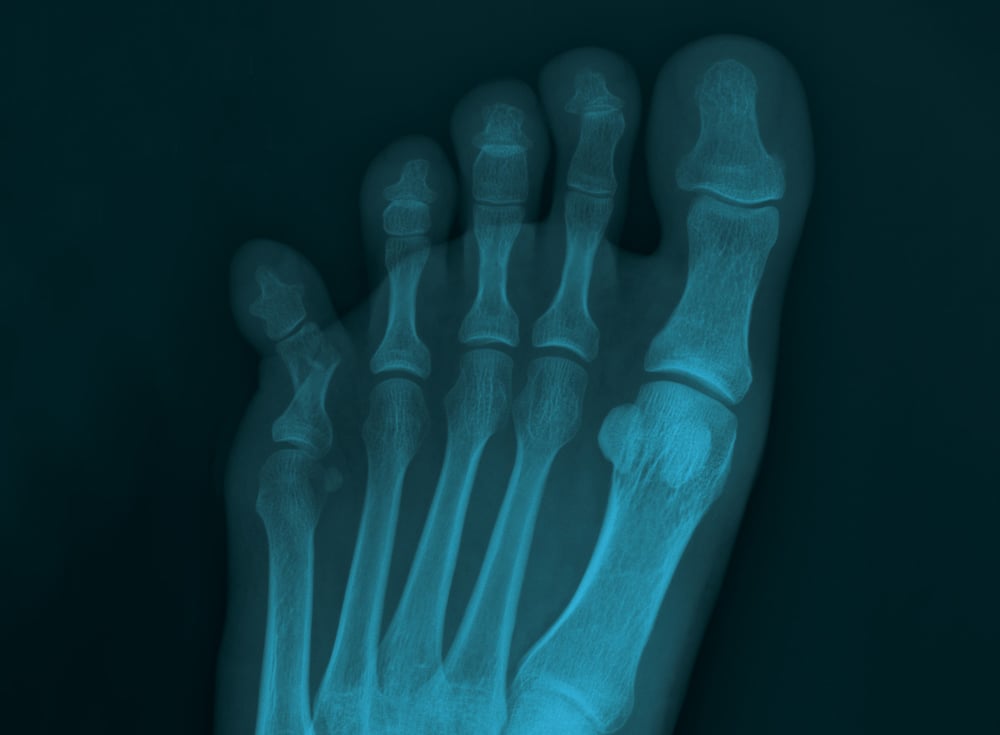
Issue 058
January 2010
What is it?
Fingers and toes contain small bones and joints that can be vulnerable to being twisted or bent in unnatural directions. Common injuries include fractures of the bones, dislocations of the joints and ruptures of the tendons or ligaments.
How they happen
The most common scenario is where a finger or toe gets caught and twisted, whether on another person, item of clothing, mat or in the cage fence. Unlike in boxing and wrestling, MMA fighters usually train and compete in bare feet, which can leave the toes especially vulnerable to injury. Some of the most unpleasant injuries occur when a toe gets caught between two mats, and in some cases is almost completely torn off.
Who has it happened to?
Paul Daley dislocated his thumb midway through a bout with Jean Silva in 2006. Strikeforce lightweight champion, Josh Thompson, was sidelined towards the end of last year following an injury to the base of his big toe that proved resistant to treatment. He is still out of action following a series of injuries.

Treatment
How much treatment will be required depends on how serious the injury is. In some cases surgery may be needed to reattach ruptured tendons or ligaments, or to realign a compound fracture for example. In other cases a damaged finger may simply be splinted, or ‘buddy taped’, to its neighbor in order to allow it to heal.
When a finger or toe is clearly dislocated, many fighters will try to put it back into place by themselves, or get a coach or team member to do it for them. The danger in doing this is that there’s a small chance of causing more damage in the process, especially since it is easy to mistake a fracture for a dislocation. The safest approach is always to seek medical advice.
For minor joint-sprains, remember RICE (rest, ice, compression, elevation). When applying ice to a finger or toe, it’s important to be careful to avoid giving yourself frostbite! Don’t apply the ice directly to the skin – wrap it in a damp tea towel, and use for a maximum of five minutes at a time.
Many fighters use tape to protect fingers and toes while training. This can be a useful tool, but can’t be relied upon to prevent further damage to an injured area.
What long-term problems is it likely to cause?
The most common problem following a finger or toe injury is that the joints become stiff and there’s a loss of mobility. To prevent this, it’s important to keep the finger moving and to try and get a full range of motion back as early as possible. Providing the injury doesn’t need to be immobilized completely, then you should – with your doctor’s agreement – be able to start doing some gentle mobility exercises. The swelling around the joint may remain for weeks to months after the original injury.
Finally, an injury to a finger or toe joint, especially if it happens repeatedly, may put a fighter at an increased risk of developing osteoarthritis at the affected joint later in life.
How long can a fighter with this injury expect to be out for?
Anywhere from days to months depending on the injury. Some injuries require prolonged immobilization in a cast or brace, especially if there has been surgery to reattach a tendon, for example. In contrast, a fighter with a minor joint-sprain may be back to training within days.
...









